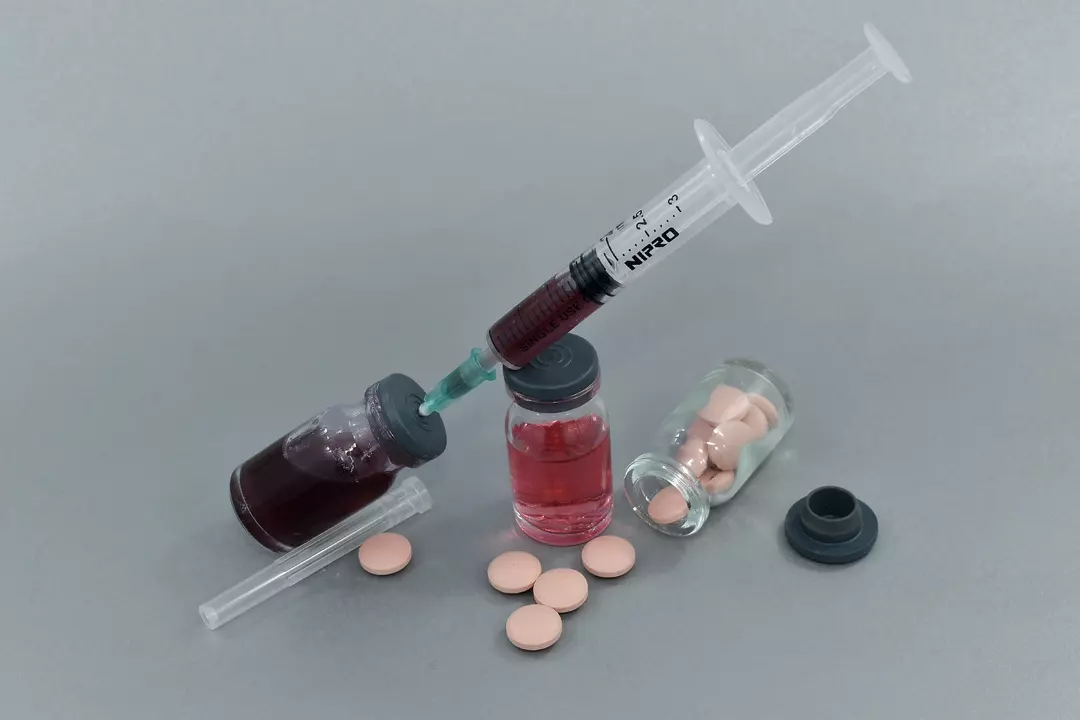Drug-Induced Bleeding: What It Is and How to Spot It
If you’ve ever taken a pill and later notice unusual bruises or nosebleeds, you might be experiencing drug‑induced bleeding. This isn’t just a random glitch; some medicines thin your blood on purpose, while others can unintentionally cause it to leak. Knowing the difference helps you act fast before a small issue becomes serious.
Common Drugs That Can Cause Bleeding
Blood thinners like warfarin, apixaban, and rivaroxaban are designed to stop clots, but they also raise bleeding risk. Antiplatelet drugs such as aspirin, clopidogrel, and ticagrelor work similarly by stopping platelets from sticking together. Even everyday pain relievers—especially non‑steroidal anti‑inflammatory drugs (NSAIDs) like ibuprofen or naproxen—can irritate the stomach lining and lead to hidden bleeding.
Some antibiotics (e.g., fluoroquinolones), certain antidepressants, and herbal supplements containing ginkgo or garlic add to the mix. If you’re on more than one of these, the risk stacks up quickly. Always double‑check your prescription list for any overlapping blood‑thinning effects.
How to Protect Yourself
The first step is spotting red flags: sudden bruises, blood in urine or stool, prolonged nosebleeds, gum bleeding, or unexplained fatigue. If any of these appear, call your doctor right away—don’t wait for the next appointment.
When you start a new medication, ask your pharmacist how it might affect clotting. Keep a simple chart of all drugs, supplements, and over‑the‑counter meds you take; share it with every healthcare provider you see. This makes it easier to catch dangerous combos early.
Stay hydrated and maintain a balanced diet rich in vitamin K (leafy greens) if you’re on warfarin, but don’t make big changes without medical advice. Small lifestyle tweaks—like using a soft toothbrush and avoiding sharp fingernail trimming—can reduce accidental cuts that turn into bigger bleeding events.
If your doctor adjusts the dose or switches you to a different drug, follow the instructions exactly. Skipping doses or doubling up because you feel “fine” can swing your blood’s ability to clot in either direction.
Lastly, keep emergency contacts handy. Many pharmacies offer rapid‑response services for bleeding concerns, and some hospitals have dedicated anticoagulation clinics that can fine‑tune your treatment safely.
Drug‑induced bleeding sounds scary, but with a few practical habits—tracking meds, watching for symptoms, and staying in touch with your care team—you can keep the risks low and stay healthy while taking the medicines you need.
As a copywriter, I've recently learned about Apixaban and its link to drug-induced bleeding. Apixaban is an anticoagulant medication that prevents blood clots, but it can also lead to bleeding complications in some patients. It's important to be aware of the signs of bleeding and to communicate with your healthcare provider if you experience any. In case of severe bleeding, immediately seek medical attention to manage the situation. Remember, staying informed and monitoring your health is key to managing potential risks related to Apixaban.
Apr, 27 2023

